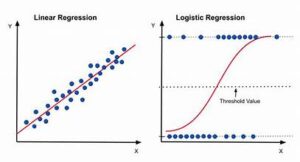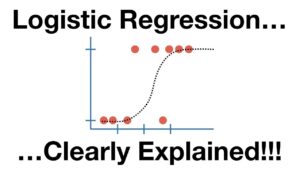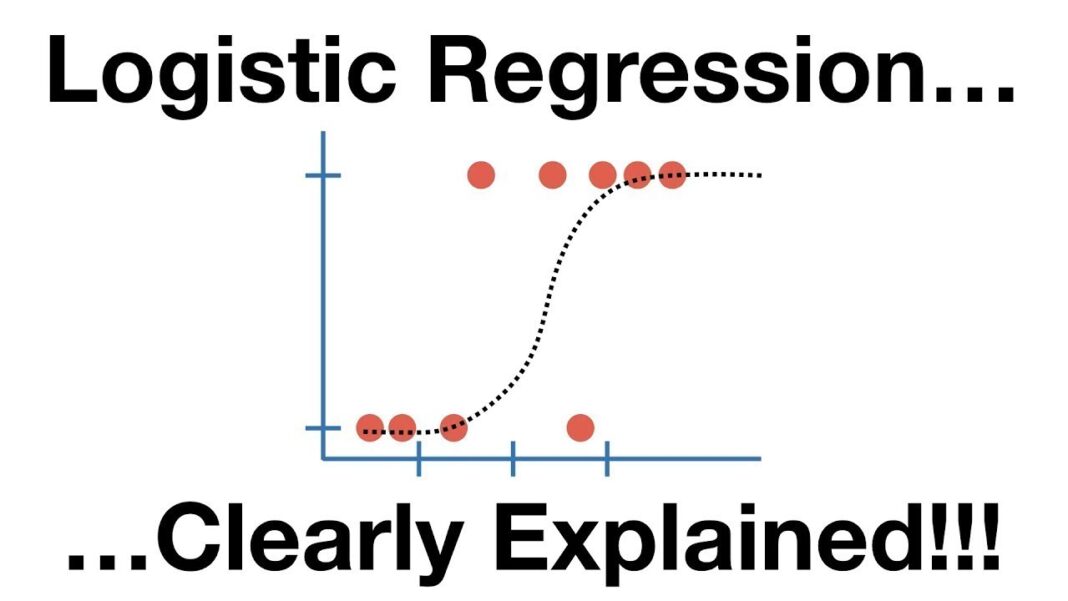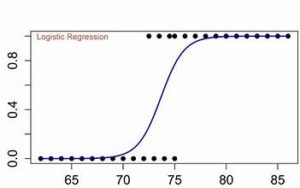Introduction
Logistic regression, a powerful statistical method for binary classification, has seen remarkable evolution and application across various industries in 2024. Its ability to predict probabilities and classify data makes it invaluable for decision-making processes. This article explores the top logistic regression applications that are transforming industries this year, showcasing its diverse impact from healthcare to finance.
1. Healthcare: Enhancing Patient Outcomes
In the healthcare sector, logistic regression is pivotal for predicting patient outcomes and disease progression. By analyzing historical patient data, healthcare providers can identify high-risk individuals for diseases like diabetes or cancer. For instance, logistic regression models can predict the likelihood of a patient developing diabetic complications based on factors such as blood sugar levels, age, and lifestyle choices. This allows for more personalized treatment plans and early intervention, ultimately improving patient outcomes and reducing healthcare costs.
2. Finance: Fraud Detection and Risk Management
The finance industry leverages logistic regression for fraud detection and risk management. Banks and financial institutions use logistic regression models to analyze transaction patterns and detect anomalies that may indicate fraudulent activities. For example, a logistic regression model might classify a transaction as potentially fraudulent based on variables like transaction amount, location, and frequency. Additionally, logistic regression helps in assessing credit risk by predicting the probability of loan default based on borrower characteristics, enabling better risk management and decision-making.
3. Marketing: Optimizing Customer Targeting
In marketing, logistic regression is used to optimize customer targeting and enhance campaign effectiveness. By analyzing customer data, such as demographics, purchase history, and online behavior, companies can predict the likelihood of a customer responding to a specific marketing campaign. This enables businesses to tailor their strategies and allocate resources more effectively. For instance, a logistic regression model can help determine which customers are most likely to engage with a new product launch, thereby maximizing the return on marketing investments.
4. E-commerce: Personalizing Recommendations
E-commerce platforms utilize logistic regression to personalize product recommendations and improve user experience. By analyzing user behavior, purchase history, and interaction patterns, logistic regression models predict the probability of a user purchasing certain products. This enables e-commerce sites to provide personalized recommendations, enhancing user satisfaction and increasing sales. For example, a logistic regression model can suggest products based on past purchases and browsing history, leading to more relevant shopping experiences for customers.
5. Transportation: Optimizing Route Planning
In the transportation industry, logistic regression plays a crucial role in optimizing route planning and improving operational efficiency. Logistic regression models analyze factors such as traffic patterns, weather conditions, and delivery schedules to predict the likelihood of delays and optimize routes accordingly. This helps transportation companies reduce costs, improve delivery times, and enhance overall service quality. For instance, a logistic regression model can help a logistics company determine the best routes for deliveries, considering factors like traffic congestion and delivery windows.
6. Human Resources: Enhancing Recruitment Processes
Human resources departments are increasingly using logistic regression to enhance recruitment processes and improve employee retention. By analyzing historical employee data, logistic regression models can predict the likelihood of a candidate being successful in a given role based on various factors such as qualifications, experience, and personality traits. This helps HR professionals make more informed hiring decisions and reduce turnover rates. For example, a logistic regression model might identify key predictors of job success, enabling companies to hire candidates who are more likely to excel in their positions.
7. Manufacturing: Predictive Maintenance
In manufacturing, logistic regression is used for predictive maintenance to minimize downtime and extend equipment life. By analyzing sensor data from machinery, logistic regression models can predict the likelihood of equipment failure based on factors such as usage patterns and environmental conditions. This allows manufacturers to schedule maintenance activities proactively, reducing unexpected breakdowns and improving overall productivity. For instance, a logistic regression model can help identify machinery components that are likely to fail soon, enabling timely maintenance and minimizing production disruptions.
8. Agriculture: Improving Crop Yield
Agricultural industries are harnessing logistic regression to improve crop yield and optimize farming practices. By analyzing factors such as weather conditions, soil quality, and crop types, logistic regression models can predict the likelihood of successful crop growth and yield. This helps farmers make data-driven decisions about planting strategies, irrigation, and fertilization. For example, a logistic regression model can predict the best planting times and conditions for different crops, leading to better yield and resource management.
Conclusion
Logistic regression continues to be a transformative tool across various industries in 2024. Its ability to predict probabilities and classify data enables businesses and organizations to make more informed decisions, optimize processes, and enhance outcomes. From healthcare and finance to marketing and agriculture, logistic regression applications are driving innovation and efficiency, shaping the future of industry practices. As technology advances, we can expect further evolution and expansion of logistic regression applications, continuing to transform industries and improve decision-making processes.




